Book Reviews by Genre: Humor
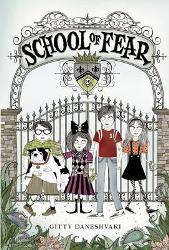
I read this book a few years ago, but it has remained one of my favorites for a long time. This is a more challenging children's book, but it is full of humor for all ages. It is very fascinating to learn about all the different phobias that exist, and interesting to watch the characters conquer their worst fear. All the quirky characters and twisted plot will keep readers flipping pages all night long!
Reviewer Grade: 9
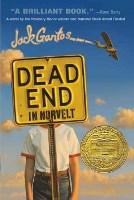
Dead End in Norvelt is a very good story about a boy named Jack Gantos (the author gave the character his own name as it is a somewhat true story) who lives in the 1960s in a little town called Norvelt, founded by First Lady Eleanor Roosevelt. When Jack is grounded for the summer for using his dad’s WWII binoculars to watch a war movie at the drive in that he couldn’t go see, and then proceeding to accidentally shoot a WWII Japanese rifle at the screen, he receives an unusual chore as a punishment: typing obituaries for old Miss Volker across the street. Jack is told that it was Miss Volker’s duty to Mrs. Roosevelt to type the obituaries of all of Norvelt’s original citizens before she moves away or passes away. While busying himself typing the obituaries and having to spend the rest of his time in his room, he still manages to go on strange misadventures with his friends, family, and neighbors involving a two seater airplane, a plastic skeleton, cornstalks, dead rodents, poisonous mushrooms, Hells Angels, a Halloween costume, Girl Scout cookies… and murder? This is a one of a kind book, so I can’t really recommend it to people who like a certain genre, however, if you are looking for an unusual, funny, interesting, and sometimes creepy murder mystery book disguised as a realistic fiction novel, Dead End in Norvelt is a great book for you.
Reviewer Grade: 7
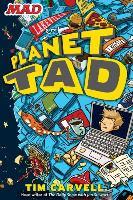
This is an absolutely hilarious book told in the form of an online blog based on the MAD magazine feature of the same name. If you liked Diary of a Wimpy Kid and the Origami Yoda books, or like MAD, you will love this book. It tells a story in journal/ blog form about a 13 year old boy named Tad who is trying to survive middle school along with doing other things such as growing a mustache, doing a kickflip on his skateboard, and finally getting girls to notice him (which all end up in disasters.). He also makes funny observations on just about everything, from Hansel and Gretel to Peeps. It is laughing-so-hard-you-can't breathe type funny and I highly recommend it to anyone who is a fan of the books above.
Reviewer Grade: 7
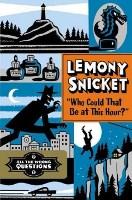
A mysterious town no longer by the sea. People far more mysterious, with secrets and secret motives. A stolen statue of a mythological creature that was not really stolen. A clueless chaperone with a truly astounding amount of hair. This is the life that almost-thirteen-year-old Lemony Snicket is dropped into during his apprenticeship in the town of Stain’d-by-the-Sea.
The first book in the fictional autobiographic series “All the Wrong Questions” by Lemony Snicket, and prequel to his books, “A Series of Unfortunate Events”, Who Could That be at This Hour? chronicles the first of four wrong questions asked about a perplexing mystery and the perplexing people involved. The fast paced plot, complete with the humorous yet thought-provoking narration fans of “A Series of Unfortunate Events” will expect, will have you itching to read more. The characters are surprisingly sincere considering some of their over-the-top quirks, but the seeds of suspicion that are sown will make you wonder—along with the protagonist—who exactly can be trusted. One of the best books I have ever read, any mystery fans will find themselves unable to put it down.
Reviewer Grade: 10
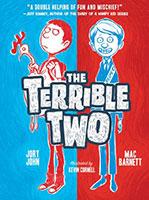
A great book for reluctant readers, particularly boys. It started out okay, Miles was a bit lame, but this was the authors' intention. They set him up as the novice prankster. Niles schools both Miles and the reader in the fine art of pranking. Miles schools Niles in how to be a friend. Well played, Terrible Two.
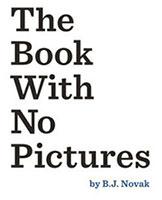
This book is HILARIOUS!! My 5 year old loved it. Goofy, silly, and a laugh-fest all around. A definite must read to your child. Thumbs way up! As an aside, the author of this book is one of the creators of the televison show, The Office, so you know it's going to be good.
diary of a wimpy kid